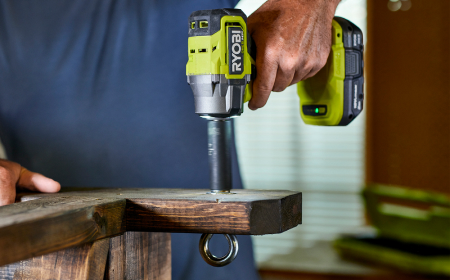SEARCH
Enter keywords, product name, or question
- We recommend straight after you use your machine for wet vacuuming, to clean it and have it setup ready for next time.
- The first step is to drain all the water out and then wipe and clean the tub completely.
- Give the hose and wand a good rinse out.
- If you've got a workshop blower handy, it can be used to blow out most of the water before you hang it out to dry.
- It's important to also check and clean your filter regularly, as dust can clog it up - especially if you're using it when sanding materials like plaster.
How to clean the filter
- Because these filters are only designed for dry pickup, you should never use water, a damp cloth or a cleaning agent - as it can permanently damage the paper veins on the filter.
- All you need is an old paint brush to brush off the dust. If you have a workshop blower, you can also use this to blow the dust out.
- To make cleanup even easier, use a paper collection bag - that way all the dust is collected straight into the bag.
- For those that suffer allergies, we have a range of microfiber collection bags available.
- Regardless of the collection bag you use, it must be used in conjunction with your cartridge filter.
- Make sure you regularly check your bag, because as it gets full, you'll start to lose suction from your vacuum.
- If you persist in cleaning your filter and the suction isn't improving, it may need to be replaced - you can purchase a replacement from the Tool Shop at your local Bunnings store.
- Fit the dry filter back on, ensure you don't put the wet filter over the dry filter, as it'll heavily reduce your suction.
- Regardless of the model you have, if you're going to do wet pickup, you need to swap out the dry filter for the wet filter.
R18WDV-0, RVC-1420C-G, RVC-1530IPT-G, RVC-1430PPT-G, RVC-122OI-G, VC60HDARG





